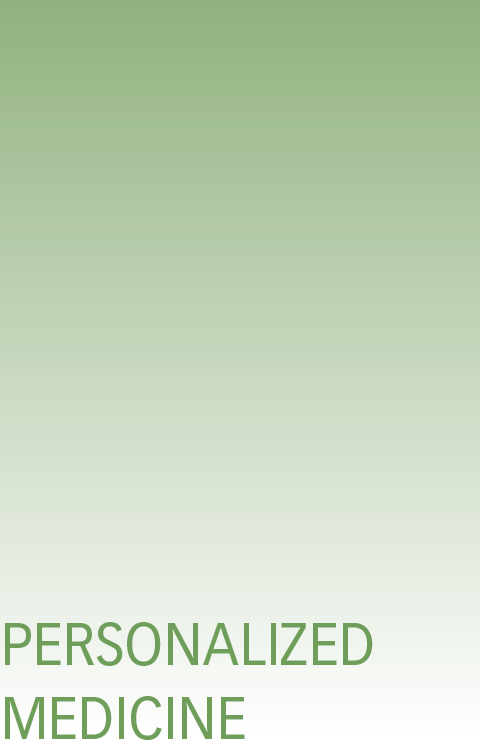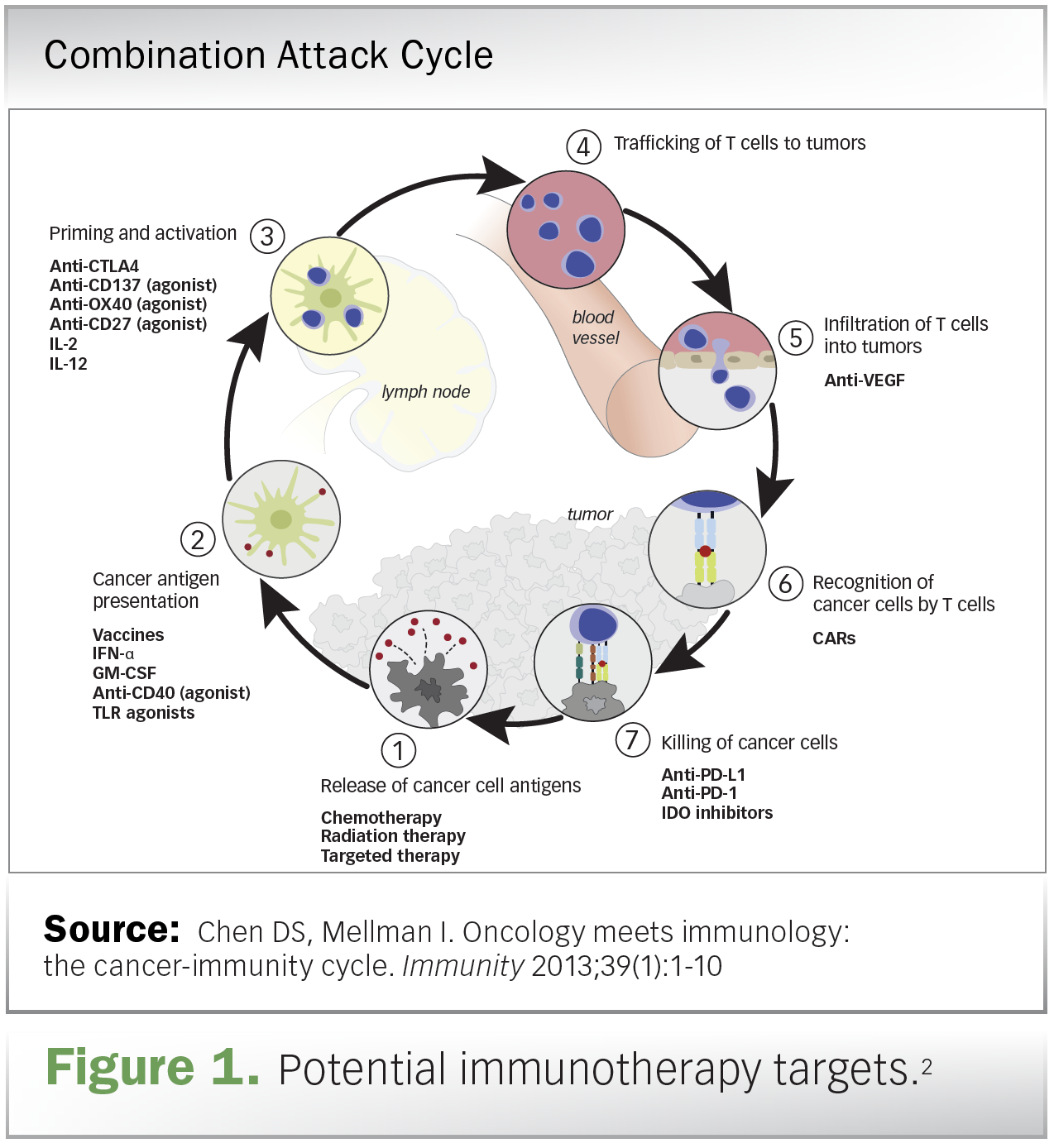The Challenges in Fulfilling the Promise of Precision Oncology
Applied Clinical Trials
Outlining the three critical challenges that need to be addressed to make personalized cancer treatment a reality.

Precision oncology promises a new model of cancer care where medical decisions are based on a holistic view of the patient, including their genes, environment, and lifestyle, and tailored to the molecular profile of their tumor. To date, great strides toward the paradigm of precision oncology have been made in the area of cancer immunotherapy, which boosts a patient’s own immunity to combat tumor cells. Immune checkpoint inhibitors and chimeric antigen receptor (CAR) T-cell therapies have dramatically improved outcomes for a select number of patients, but widespread use of these treatments remains elusive.
To make personalized cancer treatment a reality for all patients, we need to reimagine the biopharmaceutical business model and drug development process, both of which have traditionally been focused on broad drug development and blockbuster medicines. New regulatory, technical, clinical, and economic frameworks are needed to ensure that the right patient can access the right therapy in a meaningful timeframe. In this article, I discuss three key challenges that must be addressed to fulfill the promise of precision oncology.
#1: Understanding and addressing mechanisms of resistance
The ultimate goal of cancer immunotherapy is to stimulate the immune system to launch a sustained attack against tumor cells.1 Given the complex and dynamic interactions between tumors and the immune system, achieving this is complicated.
The challenge lies in managing the delicate balance between autoimmunity and the immune system’s ability to recognize non-self. In some cases, the immune system may fail to recognize tumor cells as non-self and may develop a tolerance to them. Moreover, tumors have myriad methods for evading the immune system (see Figure 1 below).
Resistance to cancer immunotherapy can be categorized as primary (i.e., failure to respond) or secondary (i.e., relapse after successful treatment). Approaches for optimizing response and minimizing resistance to cancer immunotherapies include developing biomarkers to assist with patient selection or treatment monitoring, altering the tumor microenvironment, and educating healthcare practitioners on the potential for delayed response with these types of treatments. With CAR-T therapies, resistance may be due to poor persistence of CAR T-cells after infusion or due to antigen loss of the target receptor.
Given the elaborate interplay between cancer and immunity, combination therapies may be a rational approach to addressing resistance. For example:
- Combining two immunotherapies targeting distinct immune checkpoints (see Figure 1).
- Combining an immunotherapy with chemotherapy, which directly kills tumor cells and may help activate the immune system to boost the response to immunotherapy.
- Combining an immunotherapy with targeted therapy to create a possible synergistic effect.

#2: Solving the logistics of manufacturing
Whereas the conventional manufacturing process is typically confined to a single facility, manufacturing of cell therapies requires multiple hand-offs. While the process begins and ends at the bedside, the process of genetic modification involves a complex chain of custody that blends manufacturing and administration (see Figure 2).3 The manufacturing process is further complicated by the fact that, unlike traditional manufacturing where the starting materials are standardized, the starting materials for cell therapies are highly variable because they are derived from patients.

As evidenced by the highly publicized manufacturing hurdles surrounding the launch of Kymriah (tisagenlecleucel), meeting label specifications for commercial use is challenging, even for industry leaders.5 Sponsors must consider how manufacturing will evolve from a single center or investigator-initiated trial to a multi-site commercial endeavor. Proactive planning around logistics is also critical, and the sponsor will need to create an infrastructure for tackling and managing all aspects of chain of custody in a highly controlled manner.
#3: Developing innovative pricing models
Targeted therapies are quite costly in comparison to their traditional counterparts, and existing health insurance models have not been structured to reimburse for these types of treatments.6 The pricing model for CAR-T therapies may be especially challenging for commercial insurers, which typically have higher turnover and shorter coverage windows than national health insurance programs. Value- or outcomes-based pricing models represent one approach to addressing the challenge of reimbursement. These new pricing models will rely heavily on patient selection, and sponsors will need to develop tools for identifying those patients who are most likely to respond to particular precision medicines.6
Notably, the Centers for Medicare & Medicaid Services (CMS) recently finalized their decision to cover FDA-approved CAR-T therapies when provided in healthcare facilities enrolled in FDA risk evaluation and mitigation strategies (REMS) for FDA-approved indications. Medicare will also cover FDA-approved CAR-T treatments for off-label uses that are recommended by CMS-approved compendia.7
Realizing the promise of precision oncology
The precision medicine market is expected to exceed $96 billion by 2024, with the oncology segment leading the way.8 Patients, providers, and advocacy groups are pushing for innovation, but precision oncology is still in its infancy and significant challenges remain. As advanced technologies and data analytic techniques are increasingly incorporated into the drug discovery and development process, the hope is that precision oncology will not only enable the personalization of cancer drugs, but also improve population health as new genetic and molecular insights enhance our understanding of the mechanisms of disease.
References
- Ventola CL. Cancer Immunotherapy, Part 1: Current Strategies and Agents. PT 2017/42(6):375-383.
- Chen DS, Mellman I. Oncology meets immunology: the cancer-immunity cycle. Immunity 2013;39(1):1-10.
- Genetic Engineering & Biotechnology News. Cell Therapy Manufacturing: The Supply Chain Challenge. Available at https://www.genengnews.com/insights/cell-therapy-manufacturing-the-supply-chain-challenge/.
- Hucks G, Rheingold SR. The journey to CAR T cell therapy: the pediatric and young adult experience with relapsed or refractory B-ALL. Blood Cancer J. 2019;9(2):10.
- Biopharma Dive. In CAR-T, manufacturing a hurdle Novartis has yet to clear. Available at https://www.biopharmadive.com/news/in-car-t-manufacturing-a-hurdle-novartis-has-yet-to-clear/543624/.
- Blue Latitude Health. Precision Medicine from Concept to Clinic. Available at https://www.bluelatitude.com/how-we-think/precision-medicine-from-concept-to-clinic/.
- Centers for Medicare & Medicaid Services. Trump Administration Makes CAR T-Cell Cancer Therapy Available to Medicare Beneficiaries Nationwide. Available at https://www.cms.gov/newsroom/press-releases/trump-administration-makes-car-t-cell-cancer-therapy-available-medicare-beneficiaries-nationwide.
- Reuters. At 10.7% growth, Precision Medicine Market will cross $96.6 billion by 2024. Available at https://www.reuters.com/brandfeatures/venture-capital/article?id=65658.
Emile Youssef, MD, PhD, is the Executive Medical Director, Oncology at Premier Research

Behind the Buzz: Why Clinical Research Leaders Flock to SCOPE Summit
February 7th 2025In this episode, we meet with Micah Lieberman, Executive Conference Director for SCOPE Summit (Summit for Clinical Ops Executives) at Cambridge Innovation Institute. We will dive deep into the critical role of collaboration within the clinical research ecosystem. How do we bring together diverse stakeholders—sponsors, CROs, clinical trial tech innovators, suppliers, patients, sites, advocacy organizations, investors, and non-profits—to share best practices in trial design, program planning, innovation, and clinical operations? We’ll explore why it’s vital for thought leaders to step beyond their own organizations and learn from others, exchanging ideas that drive advancements in clinical research. Additionally, we’ll discuss the pivotal role of scientific conferences like SCOPE Summit in fostering these essential connections and collaborations, helping shape the future of clinical trials. Join us as we uncover how collective wisdom and cross-industry partnerships are transforming the landscape of clinical research.
Reaching Diverse Patient Populations With Personalized Treatment Methods
January 20th 2025Daejin Abidoye, head of solid tumors, oncology development, AbbVie, discusses a number of topics around diversity in clinical research including industry’s greatest challenges in reaching diverse patient populations, personalized treatment methods, recruitment strategies, and more.
Phase III Trial Data Show Subcutaneous Pembrolizumab as Noninferior to IV Keytruda
March 31st 2025Subcutaneous administration of pembrolizumab with chemotherapy demonstrated a nearly 50% reduction in patient chair and treatment room time while maintaining efficacy and safety endpoints compared to intravenous Keytruda.
Phase II ALPACA Trial Shows Lepodisiran Produces Significant, Sustained Lipoprotein(a) Reductions
March 31st 2025Eli Lilly’s lepodisiran, an investigational siRNA therapy, achieved significant and durable reductions in lipoprotein(a) levels, a major genetic risk factor for cardiovascular disease.